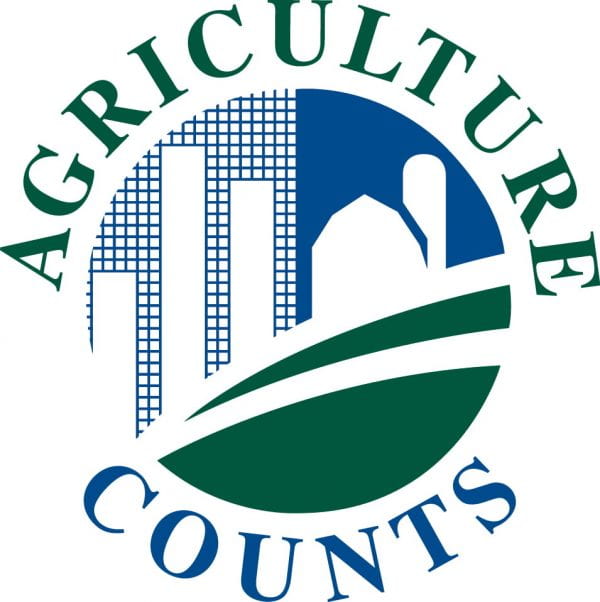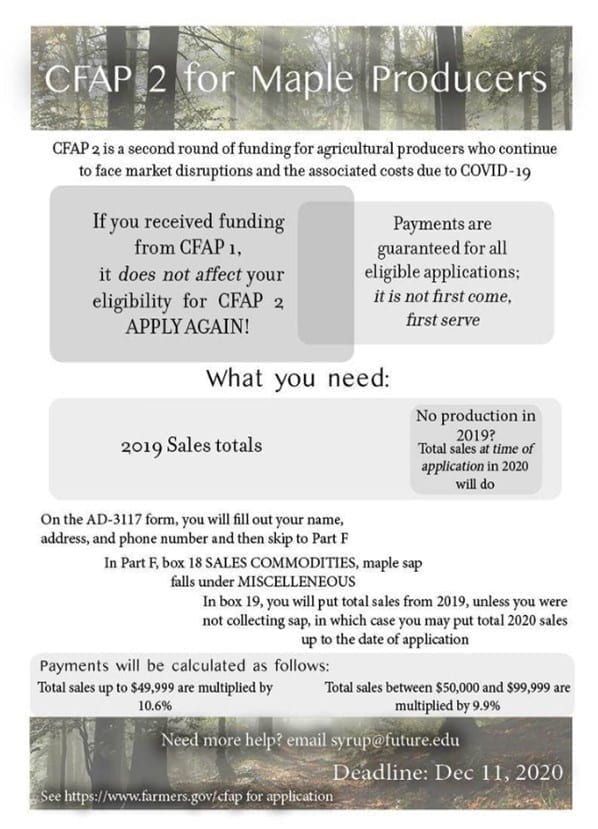Several weeks ago, I received a phone call from a USDA Crop Survey NASS representative; NASS standing for the National Agricultural Statistics Service. During the conversation, he asked if I made maple syrup. I was very surprised to find out that NASS was once again conducting the annual Maple Syrup Production survey in Ohio. We have not been included in the maple survey since 2019. At the time, it was the opinion of the USDA that Ohio did not produce enough syrup to be included in the survey, in addition to 6 additional states that got lopped. However, 5 years later we are back on the survey agenda.
Why did this happen? I think it was due to the Buckeye State’s good showing in the 2022 Census of Agriculture. I want to thank our producers who took the time to fill out the Census Survey. I think the information that our producers sent to NASS was the number one reason that Ohio is back on the list of NASS-recognized maple producing states. We showed improvement in almost all categories. Over the last 5 years, Ohio has also been the recipient of two ACER Grants with a good majority of the research being done at the OSU-Mansfield Maple Research Facility. The Ohio State University is now one of the few universities where maple syrup research is being conducted. This may also have played a role in the decision.
Why is this important for those working in maple research and education? A good source of statistical data is vital when presenting programs and writing articles about the Ohio Maple Industry. Without numbers, we are just making educated guesses that rest on assumptions or making the leap of using data from other states and hoping that they also apply to our state. Both approaches can be problematic. That is not good enough when you are writing educational articles or doing research.
The International Maple Syrup Institute’s special NASS Survey Committee worked hard to improve the USDA NASS Annual survey and make it easier for producers to fill out. The Committee was made up of representatives from many of the northeastern maple producing states and the USDA. Ohio was the western most state on the committee. They listened to what we had to say and that helped immensely. My parting request to Ohio producers is to continue filling out the maple surveys. We need your cooperation to stay in the system. As always, the information you send is private and will not be given out to any other group or agency. Thank you once again for your support!
~ Les Ober






